Borage: Complete guide to grow borage in the garden
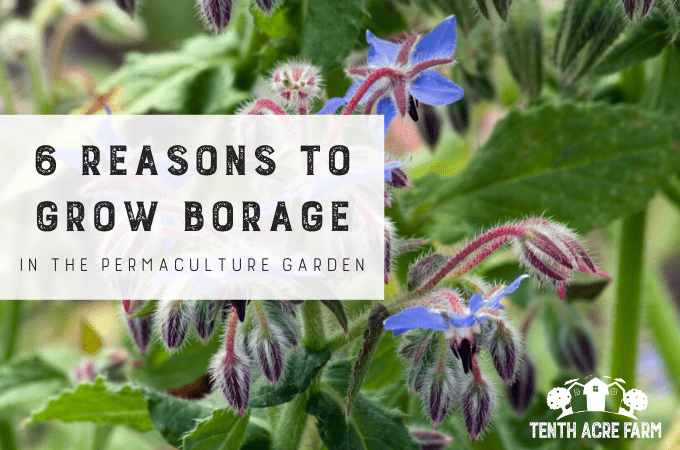
Hi Farmers! Today I am going to talk to you about how to grow borage (Borago officinalis). This vegetable is found naturally in warm areas, such as South America, North Africa or Western Europe. In some places it can also be known as Corrago, Ox tongue, Alcohelo or Borraina. In Spain it is common to find and consume it only in the area of Aragón and Valle del Ebro.
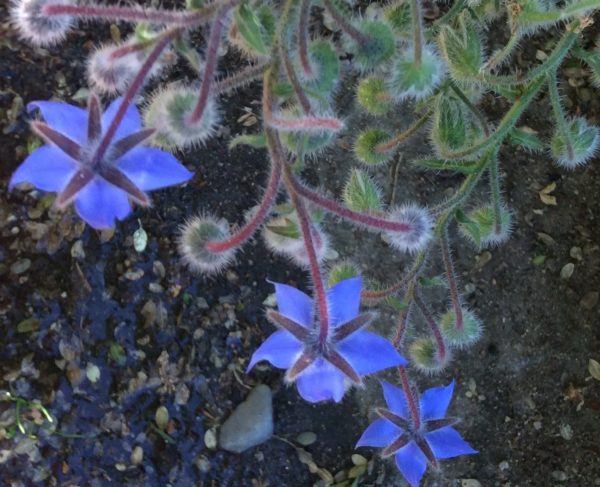
How to grow borage in the garden
To add it to your garden, you just have to take into account the following guidelines to grow it organically.
One of the main characteristics of borage is that it is an annual plant. It reaches a height of between 60-100 cm, making it ideal for growing in a garden. Its flowers are a very attractive blue color, as can be seen in the photographs, and both these and the stem are covered by small hairs on their entire surface.
Planting Borage
Borage is a plant that germinates very easily, so if it is sown directly in the ground or substrate, there will be a very high probability that practically all the seeds will germinate.
The recommended separation for planting is about 30 cm between plants. It can be sown at almost any time of the year, but it is recommended in spring for harvesting in summer.
Another option would be to sow at the beginning of October to harvest towards the end of January. For sowing, it is necessary to bury the seed a few millimeters and maintain its humidity until it germinates.
Good soil for borage
For a good and rapid growth, this vegetable needs a very fertile soil or substrate, with good drainage but at the same time retains moisture, so it can be slightly clayey. It really is not a very demanding plant, so it grows well in almost any type of soil, especially in those that are slightly limestone pH: 7.5.
For potted crops , earthworm humus can be added to the substrate. To grow it in a pot, it is enough that the container is about 25 cm deep.
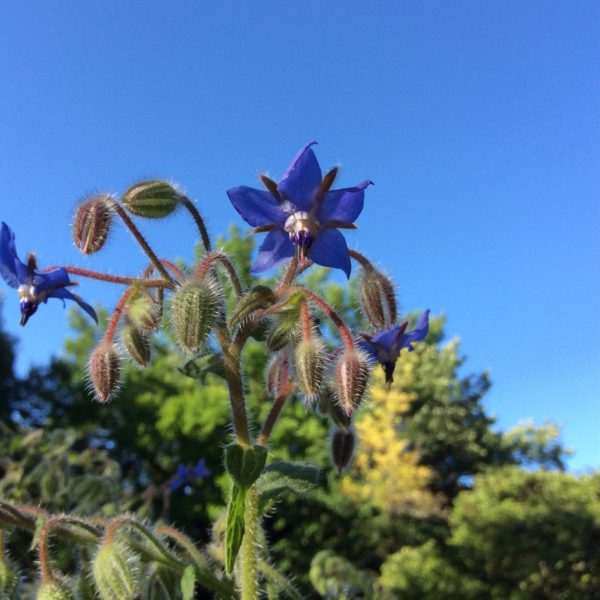
weather and sun
The most suitable climate for its development is the Mediterranean, in which the summers are hot and the winters mild. It can withstand temperatures down to -7 ºC. Optimum temperatures for growth are 16 to 22 ºC.
It is recommended that in areas with very cold climates it be cultivated in a protected way, either in a greenhouse or protecting the plant from the cold. Regarding light, borage prefers sun, but can develop without problems in semi-shade conditions.
Borage irrigation
It must be regular, but without flooding especially when it is young, because the plant can die. It is recommended to give somewhat longer irrigations during the last growth period of the crop, before harvesting.
Borage Pruning
It is hardly necessary to do pruning, only cleaning, such as removing leaves that may be sick, or those that have excessive growth with respect to the others.
Collection or harvest of borage
It is important to harvest correctly in order to take full advantage of the plant, for this it is recommended to wear gloves and cut with a knife from the base of the leaf.
Crop associations with borage
The best associations that can be made with borage are with tomato and turnip. The association with both plants has various benefits such as preventing the appearance of weeds and acting as natural fertilizer, in addition to having a positive influence making them grow stronger together.
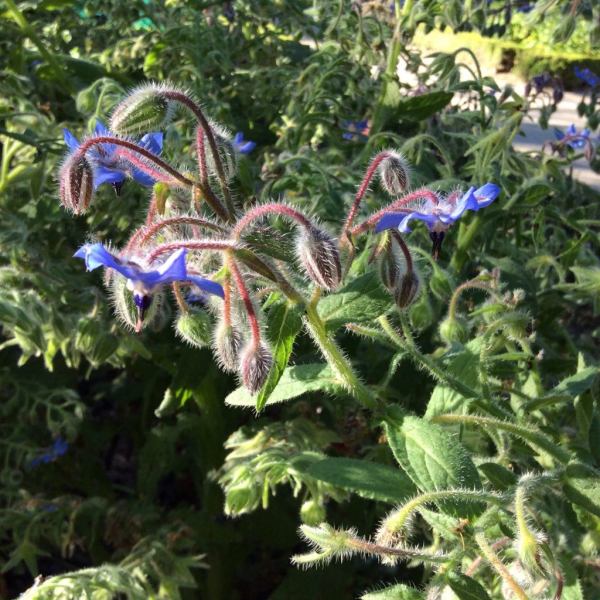
Borage pests and diseases
This vegetable is mainly affected by powdery mildew, which is a fungus, so it is convenient to carry out preventive treatments with ecological fungicides.
Other pests are aphids, mice or snails. As I have previously commented, borage has all its stem and flowers covered by little hairs, which may seem unpleasant when eating, but the truth is that they are not appreciated; so it is consumed both fresh and cooked, even its flowers are eaten fresh.
It is a vegetable that is being used more and more in the kitchen, in addition to its smooth and rich flavor (reminiscent of cucumber), also for its multiple properties that benefit health. Some of them are antiseptic, astringent, depurative, expectorant, it helps especially with respiratory tract discomfort such as pharyngitis, cough or laryngitis… and reduces fluid retention.
In conclusion, borage is a little-known vegetable in general and with many very good properties for the body, in addition to being very easy to grow since it does not require very specific care. The most recommended varieties to grow are «Alba» which has white flowers and «Bill Archer» whose leaves are soft and leafy, these can be easily obtained in nurseries. Greetings and until next time Agrohuerters!

![Photo of Albizia: [Characteristics, Cultivation, Care and Disadvantages]](https://www.complete-gardening.com/wp-content/uploads/2022/08/albizia-characteristics-cultivation-care-and-disadvantages-390x220.jpg)
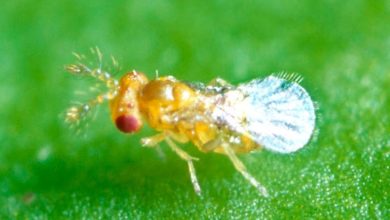
![Photo of Chili Peppers in the Garden: [Cultivation, Care, Substrate, Irrigation]](https://www.complete-gardening.com/wp-content/uploads/2022/08/chili-peppers-in-the-garden-cultivation-care-substrate-irrigation-390x220.jpg)
![Photo of Passiflora Caerulea: [Cultivation, Irrigation, Care, Pests and Diseases]](https://www.complete-gardening.com/wp-content/uploads/2022/08/passiflora-caerulea-cultivation-irrigation-care-pests-and-diseases-390x220.jpg)